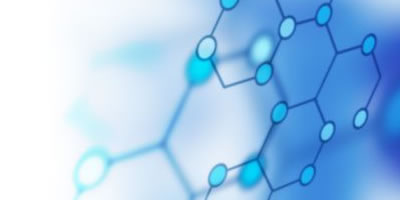Molecular Recognition

Since the chemical selectivity of micro and nano cantilevers is based on immobilized coatings (receptors/chemical interfaces), it is only as good as the selectivity offered by the coating. One of the attractive sensor features of room temperature reversibility requires the use of weak chemical interactions, such as hydrogen bonds for interface design. However, since weak chemical interactions are too generic, arrays immobilized with reversible chemical interfaces and subsequent analysis by pattern recognition is used to increase the selectivity. However, this approach fails when mixtures of more than three analytes are present showing that chemical interactions based on outer electron chemistry cannot be treated as linear combinations of individual responses. Efforts are presently underway to design and synthesize interfaces with better selectivity for certain applications. Therefore, separation techniques such as gas chromatographic separation are needed for increased selectivity. However, combining micro-GC with sensing technique has many disadvantages including: small sampling volume, additional time for separation, dead volume, and engineering difficulties in integration.

